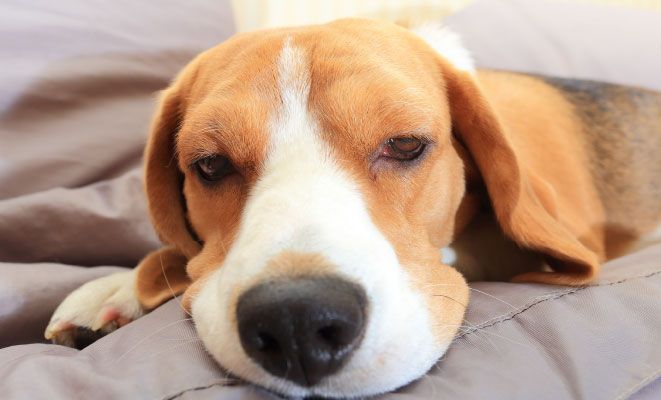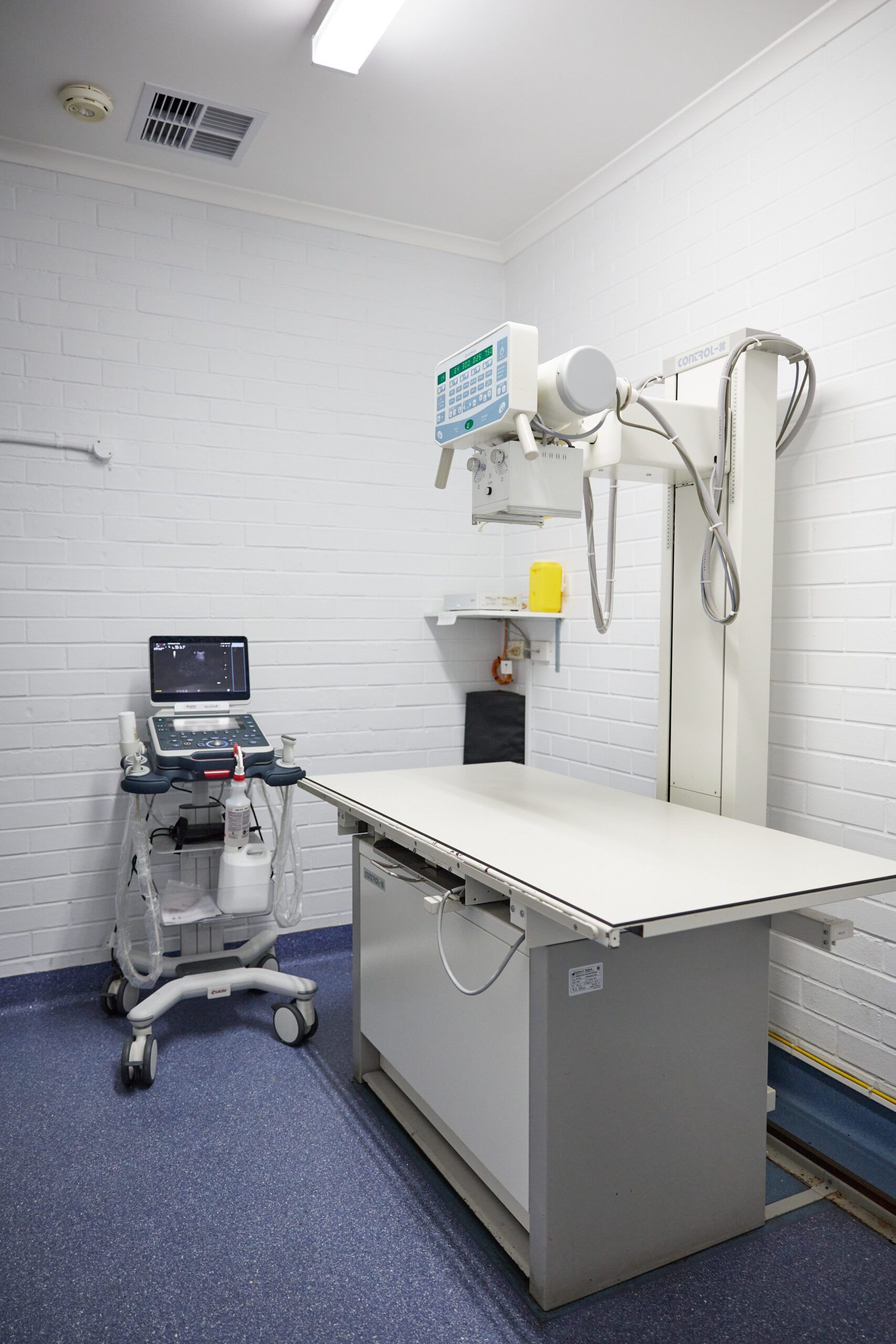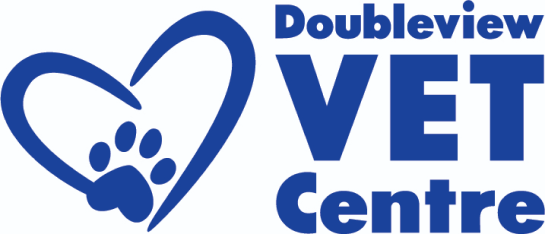Our clinic is fully equipped with a digital x-ray suite to perform diagnostic x-rays of our patients. If your pet becomes unwell or becomes injured our vets may recommend x-rays to diagnose health issues, disease or injuries. X-rays are a very important tool to help us diagnose diseases in animals, particularly for conditions involving bones, the chest or abdomen.
What happens to my pet when it is booked in for radiographs?
Most of our patients are admitted into hospital for the day to have radiographs taken, unless it is an emergency and we’ll take them immediately. We ask that you bring your pet in unfed on the morning of admission, as they will most likely be sedated or anaesthetised to allow us to take the best quality radiographs possible.
Once the radiographs have been taken we will give you a call or book an appointment for our veterinarians to show you the images and to discuss the diagnosis and treatment plan for your pet.
Why do pets need to be sedated or anaesthetised to have radiographs taken?
When we have radiographs taken the radiographer asks us to keep perfectly still, often in unnatural positions. Most pets would never lie still enough, in the correct position, for us to take good quality radiographs required to diagnose their condition. Sedation and anaesthesia allow us to get the most useful radiographs possible.

How are radiographs made?
Taking a radiograph is very similar to taking a photo, except we use x-rays instead of light rays. Different tissues in the body absorb x-rays to differing degrees. Of all the tissues in the body, bone absorbs the most x-rays. This is the reason that bone appears white on a radiograph. Soft tissues, such as the heart, kidneys or other organs, absorb some but not all of the x-rays, so they appear on a radiograph in different shades of grey. The air-filled lungs absorb relatively few x-rays so appear dark grey or black on a radiograph. We will demonstrate and explain the radiographs when your pet goes home.

